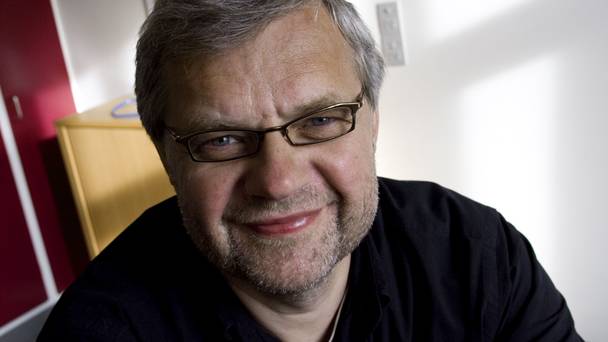A Historical Vignette
 In the mid-1980’s Professor Claus Manniche had a paper published in The Lancet describing his results in chronic low back pain. Widely regarded as the result of degenerative disease, the prevailing opinion at the time was that all such patients should be rested. Professor Manniche had instead set them exercise programmes. He discovered that patients did better when they exercise than when they rest.
In the mid-1980’s Professor Claus Manniche had a paper published in The Lancet describing his results in chronic low back pain. Widely regarded as the result of degenerative disease, the prevailing opinion at the time was that all such patients should be rested. Professor Manniche had instead set them exercise programmes. He discovered that patients did better when they exercise than when they rest.
Roundly derided, the specialist community consigned his paper to the bin. We all know now that history has shown him to be correct. The world and his wife do exercises in order to relieve back pain, be they Mackenzie exercises, Pilates exercises, yoga, aqua-aerobics and all manner of other physical jerks. As long as you are active for most of us the pain goes away.
One might have anticipated that such an amazing change in the way the medical profession and the world’s society responds to back pain would have resulted in Professor Claus Manniche resting on his laurels. A life travelling the lecture tours of the world bathing in the glory of his discovery lay before him.
Instead, this humble and remarkable man lay troubled by the fact that there was a group, accounting for 20-40% of the patients, who did not get better with exercise but instead got worse.
By this time the spinal world had adopted his theory of exercise and was labelling patients who failed to improve with their exercises as either lazy, workshy or in pursuit of “secondary gain”. All manner of psychosocial constructs were established to explain why such patients did not respond as they “really should”.
Professor Claus Manniche did not work out the answer to this puzzle himself, but he did establish a research community open to all comers from whatever profession they chose to enter.
At the University of Southern Denmark in his department there were chiropractors, physiotherapists, rheumatologists and research scientists. Indeed, their roles blended one into another as they sought objective data to answer their numerous questions.
From this broth of investigative verve emerged Hannah Albert and her research team.
Her discovery of bacteria in Modic-related back pain requires verification by independent researchers and will take time to be adopted as the eventual truth. The trials have to be replicated in other countries and by other centres.
However, it is the belief of The Spine Surgery London that when we look back on this period of medical research in future years, this will be the point, and she will be the individual to whom the abolition of suffering from Modic-related back pain, and the advent of a clear understanding in regard to the genesis of back pain in this group of patients will be attributed.
There is an exact parallel to the changes that arose in the early 1980’s in regard to peptic ulceration. At that time there were wards in all advanced medical societies full of patients having parts of their stomachs removed because of ulcers. The psychosocial models of ulcer formation blossomed. These models entered our very language; “it is enough to give you ulcers” – “if he doesn’t stop working he’ll get an ulcer” – “he looked like he’d burst his ulcer”.
Type A personalities, stress, social deprivation and high-powered employment were all identified as being statistically associated with this disease. In fact a humble Australian scientist in the early 1980’s detected that ulcers were due, in large part, to bacterial infections of the stomach. Low-grade colonisation altered the acid production and produced ulcers.
Now, today, a simple breath test can confirm the presence or absence of the microbial Helicobacter and a brief course of antibiotics can cure it.
The author of this particular article for The Spine Surgery London, Mr Peter Hamlyn, was a junior doctor at University College Hospital in 1982. Working on the professorial surgical unit he had two wards each with 36 patients to look after. One of these wards was entirely devoted to the surgery of stomach ulcers. This surgery has entirely ceased as a result of the discovery of Helicobacter.
However his own brother was offered surgery over 10 years later, in the early 1990’s for an ulcer. On one of the rare occasions that he accepted the advice of his younger brother he was directed towards antibiotics instead. He still has his stomach, as do countless millions of others as a result of this discovery. It is reflective of the inertia within the medical profession that 10 years after this safe treatment was available he was still being offered surgery.
This is very early days, very early indeed, in the research into Modic-related back pain. However, a dramatic change for these patients, in the way they are treated and in the prognosis following their treatment is seen as very likely.
It is vital that the medical profession learns from its previous sloth in regard to the inappropriate surgical treatment of conditions for which adequate medical therapies have developed.
The author of this particular article for The Spine Surgery London is himself a surgeon. Having experience of MAST he is convinced of the need to promote research and development in this area.